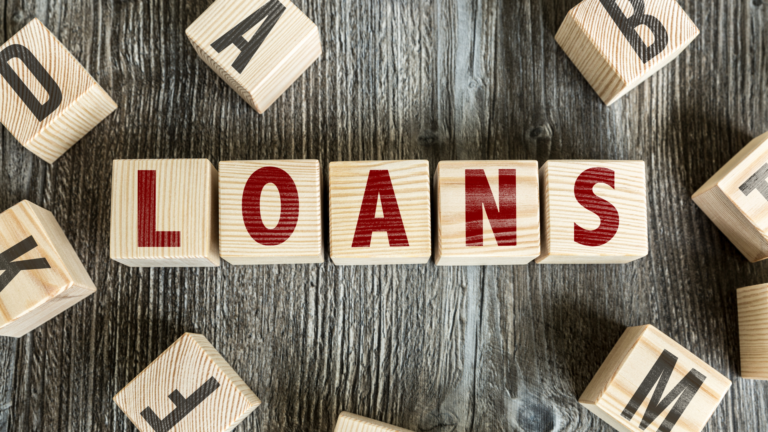What is a Home Inspection?
Sometimes, when we’re looking for a new home, we tend to get a superficial glance at all the beautiful aspects of it, such as a pretty lawn in front, or a fireplace that looks appealing and ready to keep us warm through the long and cold Canadian winters.
However, we may not always get the full picture from the person who is selling the house to us, whether it be the homeowner or the estate agent in charge of the property.
Buying a home is a massive investment and one of the biggest decisions a person can make in their lifetime.
Therefore, a proper home inspection is recommended before you move in.
The American Society of Home Inspectors defines a home inspection as “An objective visual examination of the physical structure and systems of a house, from the roof to the foundation. After the inspection process, the inspector will send the client an inspection report (often within 24-48 hours) that covers their findings, complete with pictures, analysis, and recommendations.”
A home inspection makes sure that beyond what you can see with your own eyes, an expert helps to investigate and check if there are foundation cracks, ancient plumbing, dangerous wiring, or broken appliances, they are then revealed through the home inspection, and need to be rectified by the homeowner.
How to Prepare for a Home Inspection
Normally, there are four things that you should prepare before doing a home inspection at your (potential) new home:
1. Make Use of a Home Inspection Checklist
When you’re inspecting the new house, you want to make sure that you cover all the necessary items.
2. Look at the layout of the home
Whilst this may sound obvious, have a look at the size of the house, and then have a look at the size of your family. Will you be having more children in the future? Is the house large enough for your needs?
3. Bring a Trusted Companion Along for the Inspection
Nobody can spot all the issues by themselves. We recommend bringing a friend/lover/family member along with you for the inspection.
4. Make Sure to Hire a Professional Inspector
Making use of a qualified home inspector will give you tremendous peace of mind, and satisfaction in the long-term. Their job is to look at houses and ensure that everything is in working order. So while you may have a good eye for things by yourself, they are likely to look for things that you’re not even aware of and will save you from needing to pay for those potential repairs from your own pocket in the future.
Common Home Inspection Problems
Whilst there are many things that may cause a home inspector to worry when doing a home inspection, there are certain problems that are frequently found, and it’s wise for you to arm yourself with this knowledge before attending your home inspection. That way, you can also contribute to the home inspection, along with the inspector.
1. Roofing Issues
A roof is probably one of the most important aspects of a house, since it protects us from the elements, and gives us a sense of comfort and security.
Unfortunately, roofing issues are very common and are costly to repair. That’s why you should ensure that the roof in your new house is in mint condition.
2. Issues With the House’s Foundations
With a roof over your head, you’ll be protected from the rain, sunshine, and snow. However, if your home’s foundation is shaky, then it stands a chance of collapsing in on itself, which is extremely dangerous and can safely be avoided.
When you’re going through the house, there are certain signs that you can look for when doing the inspection, such as cracks in plaster walls, a basement wall crack that extends from floor to ceiling, doors that stick, sagging floors, pooling water near a slab foundation, or wet crawl space after precipitation falls.
There are some signs that are less subtle, such as strange smells coming from the basement or uncomfortable indoor humidity. However, sometimes signs of foundation problems are not immediately associated with foundation damage and go unnoticed by the untrained eye.
3. Plumbing, Heating and Electricity
When we look at a home, we normally see the foundation, the walls, and the exterior beauty. Beneath it all, lies a maze of wiring and pipes that ensure that we have enough heat, electricity, and plumbing that works.
When a home inspection is done, often the major issues lie in these areas, because they are not apparent to the blind eye. Therefore, you might need to bring in an expert in each of these areas to get their professional approval before purchasing the house.
What a Home Inspection Checklist Should Include
Here are some of the most common items that you should include on your checklist:
THE KITCHEN
- Inspect the countertops, and the sinks, and check that all the cupboard doors are working.
- Have a look under the sink at the pipes, and see that they’re not leaking.
- Pour water from the taps into the sinks, and see that the water is flowing correctly at the right pressure.
THE FLOORS, WALLS AND CEILINGS
- The floors, walls, and ceilings usually suffer from cracks, damage over the years, or water seeps into the walls.
- Take your time and inspect the walls for any sort of strange bumps, or uneven surfaces. Don’t rush, be sure to take your time, and carefully inspect every room.
- Sometimes water that seeps into the walls causes water spots. These are usually discolored, and you will notice that something doesn’t look right because the normal paint will appear as a different color.
THE BATHROOMS
- Turn on the taps in the bath and sink. Ensure that the water pressure is similar to that of the sink in the kitchen. Make sure that the water is a normal color and texture. Ensure that both the hot and cold water taps are working, to ensure that the geyser/water heater is functioning correctly.
- Make sure to ask the homeowner how the geyser/water heater works, to ensure that you are turning it on at the correct times, and using it to its maximum capacity.
- Flush all the toilets, and ensure that there are no blockages.
- Make sure that the water is draining correctly in the bathroom sinks, in the showers, and in the baths.
- If there are tiles, ensure that they are in one piece, and that there are no cracks or dents.
- Open all the cabinets and cupboard doors to ensure that they are still in good condition.
THE WINDOWS AND THE DOORS
- This has nothing to do with “The Doors”, the epic rock band. We are referring to all the doors and the windows in the house. Go around the house and ensure that they all open and close correctly and that the latches are solid and in good condition.
- Have a look at the window panes, and check that there are no cracks or broken glass. It is important because in Canada a windy draft can cause the house to become icy cold.
THE BASEMENT (IF THERE IS ONE)
- Have a look at the foundation for any cracks and/or stains.
- Make sure that water is not leaking into the basement.
- If there are wooden beams used to support the structure of the house, ensure that they are in working condition and that you don’t notice any decay or wear and tear.
THE ATTIC (IF THERE IS ONE)
- Similar to the basement, the attic is one of the less frequently used rooms in a house. That’s why you should pay extra attention to it when doing the home inspection. You need to have a close look at the structure inside it and make sure that there’s no water damage. The attic is the first line of defense against the natural elements.
- Therefore, ensure that the attic is providing proper insulation and ventilation so that nothing erodes over time.
PLUMBING AND HEATING
- All houses contain plumbing and heating in Canada. Inspect all the heaters, electrical panels, wiring, taps, and pipes to ensure that they are in working order.
THE EXTERIOR OF THE HOUSE
- Walk around the house on the outside, and inspect the structure and walls. Have a look at the driveway, the roof, the garage door (if there is one), and the garden, and ensure that they are all up to your standard.




